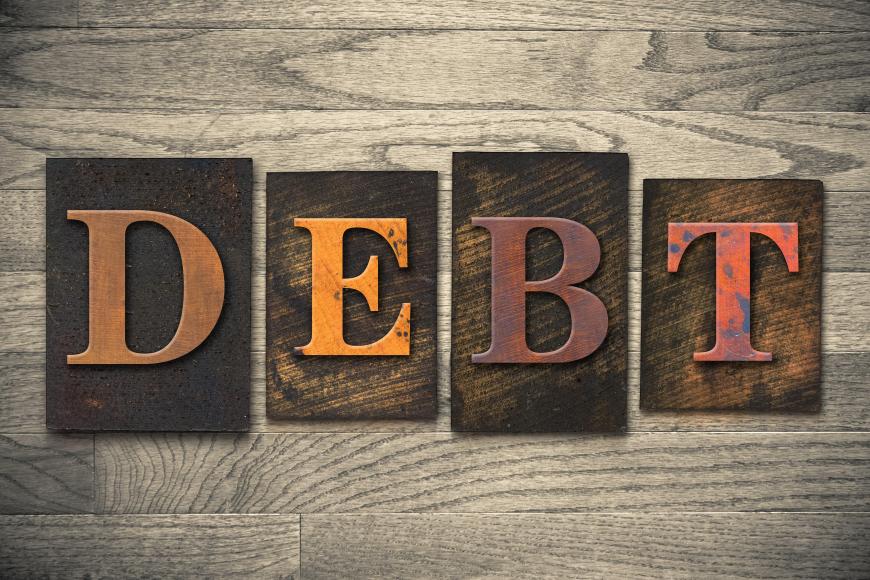
Breaking down secured vs. unsecured debt
There are two types of debt: secured and unsecured. It is important to understand the differences between the two and the advantages and disadvantages of each. At some point the average person borrows money, so it’s important to understand what you are getting into when you do take on debt.
A secured debt is a loan or credit card backed by some form of collateral, such as cash savings, a home or a vehicle. It’s called “secured” debt because it reduces the risk to the lender. If the borrower defaults on repayment, the lender can seize the collateral, sell it and use the proceeds to pay back the debt.
Unsecured debt is also a credit card or a loan, but has no tangible item tied to it that the lender can take if the borrower defaults on the debt. If the borrower does default, the lender might not be able to recover their investment.
Each type of debt has advantages and disadvantages.
Advantages of secured debt:
- Consumers usually can borrow larger amounts of money.
- Secured debt usually comes with longer repayment terms and lower interest rates than those offered for unsecured debt.
- Typically interest rates are lower because debts are secured with collateral.
- Some secured debts, most commonly mortgage or home equity loans, are eligible for tax deductions for the interest paid on those debts.
Disadvantages of secured debt:
- There is a higher risk in taking on secured debt. If the borrower defaults, not only could assets be seized, but the borrower is still responsible for the debt that is left once the bank uses the proceeds to pay for the debt. Plus, assets are sold for less than what was initially paid for them. Important note: if a borrower defaults on a loan that is attached to their home, they run the risk of losing their home.
- Failure to make payments can significantly harm credit/credit scores.
- Borrowers are not able to use funds however they choose; the loan must be used for its intended purpose (except for home equity lines of credit). For example, a borrower cannot use any portion of an auto loan to pay for a vacation.
- It is more difficult to qualify if your credit scores are low or your income is inconsistent.
Advantages of unsecured debt:
- If a borrower defaults on a credit card or unsecured loan, they are not at risk of having any personal property or assets seized.
- The application process for unsecured loans is quicker than secured loans because there are no assets to evaluate.
Disadvantages of unsecured debt:
- Typically, interest rates are higher for unsecured debt than secured debt.
- It is more difficult to qualify if your credit scores are low or your income is inconsistent.
- Although there is no collateral attached to the loan, your bank could garnish your wages if you don’t pay off the loan.
Watch our short video to learn more about the differences between secured and unsecured debt.
If you are having challenges with managing your debt, LSS Financial Counseling is here to support you. Our certified, nonjudgmental counselors can work with you to take control of your debt. Call 888.577.2227 to set up a free, confidential appointment, or get your support online.

Author Ray McCoy is a certified financial counselor for LSS Financial Counseling.
